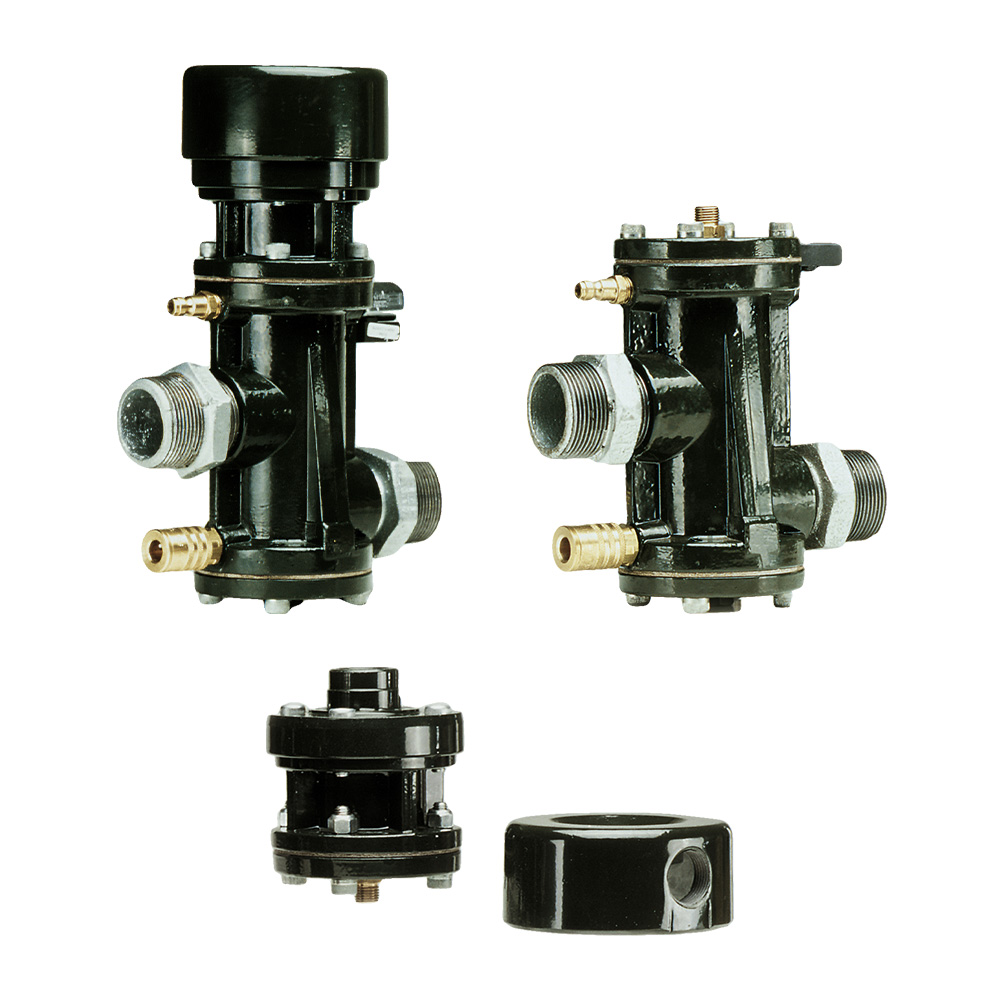Innovative Control Valves: Enhancing Precision and Dependability
Innovative Control Valves: Enhancing Precision and Dependability
Blog Article

Maximize Energy Cost Savings and Convenience With Advanced Structure Automation Controls
In the realm of modern style and facility administration, the combination of sophisticated structure automation regulates stands as a critical development. By utilizing the power of automation, buildings can adapt, react, and develop in means that were once unbelievable.
Energy Performance Benefits
Power efficiency benefits can considerably reduce energy intake and functional prices in buildings. By implementing energy-efficient techniques and technologies, structure proprietors and drivers can accomplish considerable savings while likewise adding to environmental sustainability. Among the key advantages of enhancing energy performance in buildings is the decrease of utility costs. Energy-efficient systems, such as advanced structure automation controls, can optimize making use of resources like lighting, cooling, and home heating, causing reduced energy expenditures gradually.
Furthermore, improved energy efficiency can extend the life expectancy of structure equipment and systems. By running more effectively, HVAC systems, lighting fixture, and various other structure components experience less damage, resulting in reduced upkeep and substitute costs. In addition, energy-efficient buildings commonly command greater residential or commercial property worths and rental rates, supplying long-lasting monetary advantages to proprietors.
In addition, energy effectiveness can enhance resident comfort and productivity. Properly controlled interior environments with ideal illumination and thermal conditions produce a more favorable and positive work area, resulting in improved employee complete satisfaction and efficiency. On the whole, the energy efficiency advantages connected with advanced structure automation controls are complex, encompassing price financial savings, environmental stewardship, and occupant wellness.
Improved Comfort Control
Enhancing comfort control in structure environments calls for an innovative integration of advanced automation systems for optimal occupant well-being. By using advanced structure automation controls, centers can customize the interior atmosphere to satisfy the particular requirements and preferences of occupants. These systems allow precise law of illumination, ventilation, and temperature level, producing a comfy and effective ambience. Occupant complete satisfaction and efficiency are carefully linked to thermal convenience, making it important to have systems in position that can adjust to altering conditions in real-time.
Improved convenience control surpasses fundamental temperature level changes. It consists of attributes such as individualized settings, tenancy sensing units, and natural light application to create a responsive and vibrant environment. By including these sophisticated controls, buildings can not only improve comfort however also boost power effectiveness by maximizing system operations based upon real occupancy and usage patterns. Eventually, focusing on passenger convenience through sophisticated automation systems results in a more pleasurable and healthier interior environment.
Functional Effectiveness Improvements

In addition, the application of real-time monitoring and analytics tools enables structure drivers to determine energy ineffectiveness and functional anomalies without delay. By constantly keeping track of power usage patterns and system efficiency metrics, adjustments can be made in real-time to enhance power intake and make certain peak functional efficiency. control valves. Additionally, including visit our website demand feedback approaches into structure automation controls can additionally enhance functional efficiency by dynamically adjusting energy use based upon grid problems and rates signals
Indoor Environment Optimization
Reliable interior environment optimization is a fundamental element of structure automation controls, guaranteeing residents' convenience and well-being while optimizing power savings. By using sophisticated sensing units and controls, building automation systems can continually adjust and keep an eye on temperature, humidity levels, air high quality, and air flow to develop an ideal interior setting. Keeping regular and comfy problems not only boosts passenger complete satisfaction yet also increases efficiency and total health.
Indoor environment optimization likewise plays a crucial role in power effectiveness. By fine-tuning heating, ventilation, and cooling systems based upon real-time data and tenancy patterns, building automation controls get redirected here can significantly lower power usage - control valves. Executing approaches such as demand-controlled air flow and thermal zoning can aid reduce energy waste while making sure that each area of the structure receives the required conditioning.

Sustainable Environment Production
Building automation manages not just enhance interior climate problems for power effectiveness and passenger comfort but also lay the foundation for creating a lasting setting via tactical management of systems and sources. By incorporating sophisticated structure automation modern technologies, such as sensors, actuators, and smart software application, facilities can change and check energy use in real-time to reduce waste and decrease their carbon impact. These systems make it possible for anticipating maintenance, determining potential problems prior to they rise and optimizing devices performance to improve durability and effectiveness.
In addition, sustainable setting development prolongs past energy management to include water preservation, waste decrease, and indoor air top quality improvement. Building automation controls can regulate water usage, find leakages, and make sure appropriate waste disposal techniques, contributing to general sustainability efforts. Additionally, by checking and managing air flow and filtration systems, these technologies boost owner wellness and efficiency while reducing power usage linked with heating and cooling operations.
Final Thought
To conclude, advanced structure automation controls deal significant advantages in regards to energy savings, convenience control, operational effectiveness, interior environment optimization, and this article creating a sustainable setting. By applying these controls, buildings can achieve optimum performance while reducing energy intake and improving resident convenience. It appears that using sophisticated automation innovation is vital in improving structure efficiency and creating a more lasting future.
Energy effectiveness advantages can significantly decrease power consumption and operational costs in structures. Overall, the power effectiveness advantages associated with advanced building automation controls are complex, encompassing expense financial savings, ecological stewardship, and resident well-being.
Furthermore, including demand response strategies into building automation controls can even more enhance functional efficiency by dynamically readjusting energy use based on grid conditions and prices signals.
Structure automation manages not just maximize indoor environment problems for power performance and occupant convenience yet also lay the structure for producing a lasting environment via critical administration of systems and sources.In final thought, advanced structure automation manages deal considerable advantages in terms of energy financial savings, comfort control, functional efficiency, interior environment optimization, and producing a sustainable setting.
Report this page